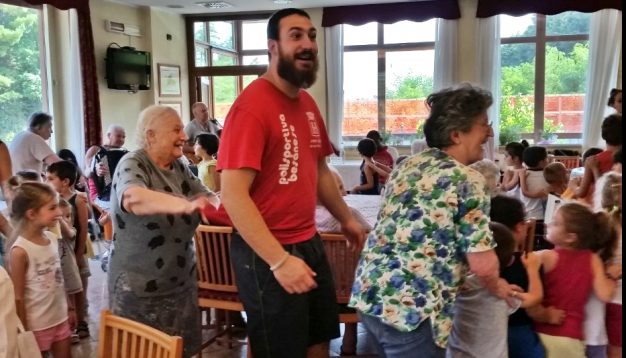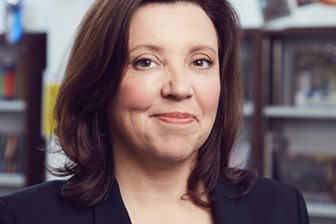
Young children and the elderly together: a powerful combination for a good city
The Together Old and Young Project or TOY offers a playful, dynamic and sustainable approach to connecting our youngest and oldest citizens. But these two groups are the most marginalised and forgotten groups in city planning, to the detriment of the liveability of our cities for all.
What makes a good city? According to Enrique Peñalosa, Mayor of Bogotá, a good city is one “that is good for its most vulnerable citizens: for the poor, the elderly, for children and women”. Peñalosa’s statement, part of a recent Guardian newspaper interview was published to coincide with the opening day of the UN third’s habitat conference, Habitat III taking place in Quito, Ecuador, October 15-20, 2016.
Most will agree with this statement whilst, at the same time, observing that most cities in the world are organized along age-segregated lines. Specially designated buildings and spaces for young citizens, on the one hand, are designed and built quite separately from those for older people, on the other. Opportunities for different age groups to play, socialise and learn together are hard to come by.
This separation has the effect of removing both young children and older adults – including the very old – from real community life and from the opportunity of interacting with other generations. For many older people, this separation brings the added burden of isolation and loneliness, which, as we now know from neuropsychological research, are as bad for people’s health as smoking and obesity.
The Together Old and Young – or TOY – Project wants to break down these separating walls literally and metaphorically to better connect young children and older adults. TOY began as a two-year, European Commission funded, intergenerational learning project in 2012. In the first years we accumulated evidence, good practice examples and stories of change from case study research of 21 intergenerational projects and TOY pilot actions in Ireland, Italy, Netherlands, Poland, Portugal, Slovenia and Spain Why our focus on the very youngest (0 – 8 year olds) and the oldest? First, the very young and oldest citizens within communities tend to be the most marginalized age groups, and least valued in terms of their ability to learn, influence and contribute. Secondly, almost all existing intergenerational projects focused on older children. Also, we suspected – and our research and pilot projects later showed – that there is an affinity and empathy between these two age groups. Together, they are a powerful and self-affirming combination.
TOY promotes a playful approach to learning and interaction between young and old, recognising the importance of play and humour and where the children and older people can learn from each other and with each other. A unifying factor between young children and older people is their perception of unhurried time – being in the here and now.
To support municipalities in promoting intergenerational practice involving young children and older adults we are developing a TOY Quality Stamp. This will set out clear standards with which to assess the quality of intergenerational initiatives involving young and old.
Enrique Peñalosa argues, “a species indicator for a good city is to see children by themselves in a street, or elderly people, people in wheelchairs, or women by themselves. If women feel comfortable walking at night in a city, this is a good sign”.
Let’s also consider the spaces and opportunities for children and elderly people to live, learn and play together as indicators of a good city.
Author: Margaret Kernan is overall coordinator of the TOY Project and will be speaking at the CFC Conference. For more information about the TOY Project see www.toyproject.net
Photo Credit: photo from TOY Project





